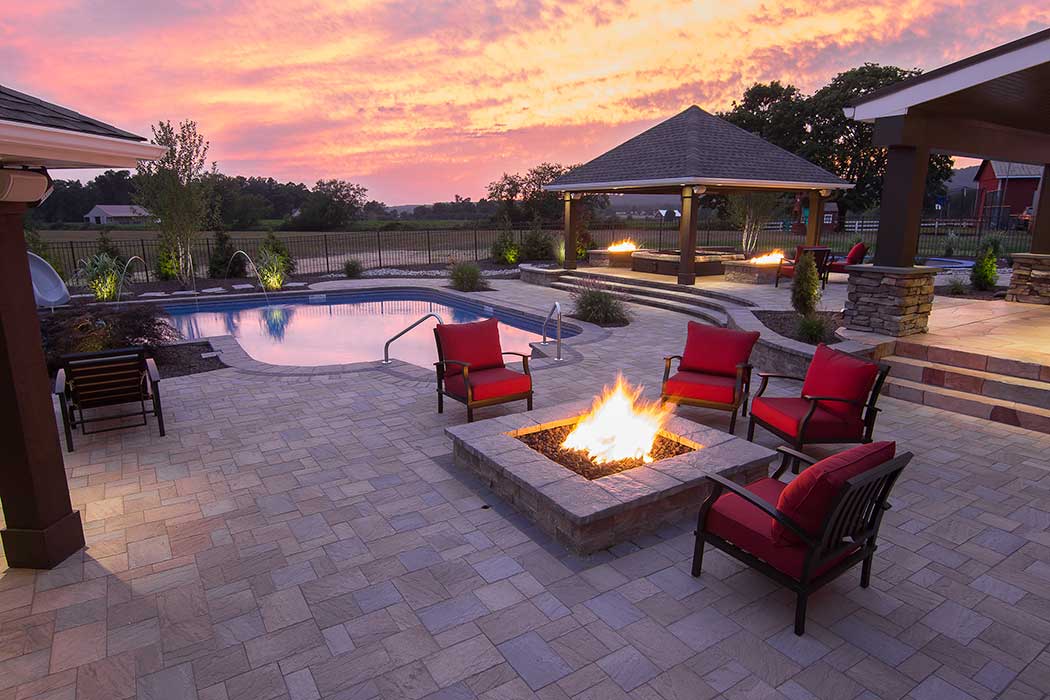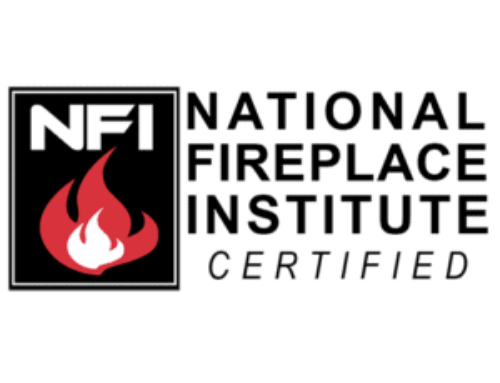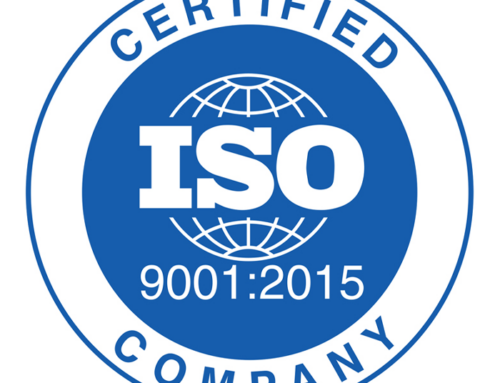Tech Talk: Understand Gas With HPC: Propane Gas Composition
HPC Fire Inspired is a true leader in the fire feature industry. Our Team is dedicated to the innovation of technology that produces diverse, safe and quality product offerings which enhance consumers’ experiences.
HPC truly believes that knowledge is power. One of the many ways HPC supports consumers is by sharing applicable knowledge. Knowing your source of fuel is an important factor when selecting your fire appliance. Our technology can be paired with either natural gas or propane fuel sources. Therefore, HPC wanted to dedicate this Tech Talk to educating our consumers around the composition of Propane Gas. It is our goal to streamline consumer experiences. In turn, this Tech Talk will aid consumers in understanding Propane gas as a fuel source which creates more informed consumers as well as streamlines the process of selecting the best fire appliance for their intended use.
British Thermal Unit:
It is important to review how the energy source or fuel source is measured. The British thermal unit is a unit of heat that measures the heat content of fuels or energy sources. British Thermal Unit, or BTU is defined as the amount of heat required to raise the temperature of one pound of water by one degree Fahrenheit. This is relevant as BTU is how the heating value of fuel sources are measured.
Propane Gas:
Propane is a member of the hydrocarbon family and is commonly referred to as Liquified Petroleum Gas or LP. Propane is produced from liquid components recovered during natural gas processing. These components include ethane, methane, propane, and butane, as well as heavier hydrocarbons. Propane is a refined fossil fuel, meaning it is a byproduct of the refining process of various chemicals. Once isolated, propane is pressurized and stored in its’ liquid form.

Physical Properties Of Propane Gas:
Propanes’ chemical makeup consists of 3 molecules of carbon and 8 hydrogen molecules. The heating value of LP is 24,2000BTU/Liter, which is more than double of natural gas. Propane is heavier than air coming in at around 1.808 kg/cubic meter. Since propane is heavier any excess gas will tend to sink or pool. When compared to natural gas, LP has a lower ignition temperature and will ignite at 1,076 degrees F. LP has more carbon molecules so it does burn dirtier than natural gas. LP requires 24 cubic feet of air for proper combustion; this is more than double the ratio for natural gas.
Propane Combustion By-Products:
Complete combustion of propane results in the formation of carbon dioxide and water vapor. Therefore, proper air mixing is important, as carbon monoxide is a by product of combustion when there is not enough oxygen to burn the propane completely.
Benefits Of Propane Gas:
Propane is readily available making easy to be sourced and transported. Propane is a versatile fuel that can be used to heat and power a variety of appliances. In addition, propane is non toxic and is not harmful. It is considered to be a green fuel that is environmentally friendly both before and after combustion. It is known to be one of the cleanest burning fossils fuels. Propane is an efficient fuel that can quickly heat or power many appliances. Overall, propane is a safe and reliable fuel source.
Customer Service:
As always HPC prides itself on the service of our consumers. From the development of quality and safe products to providing education and accessibility to HPC Fire Feature Experts. Selecting your fuel source will guide the design process of your appliance. Both natural gas and propane offer benefits. Whether you pair natural gas or propane with an HPC design you are guaranteed a quality appliance that will stand the test of time. Have any questions or concerns, contact our NFI Certified Tech Team at 937-436-9800. Let our team guide you to the fire feature of your dreams.





